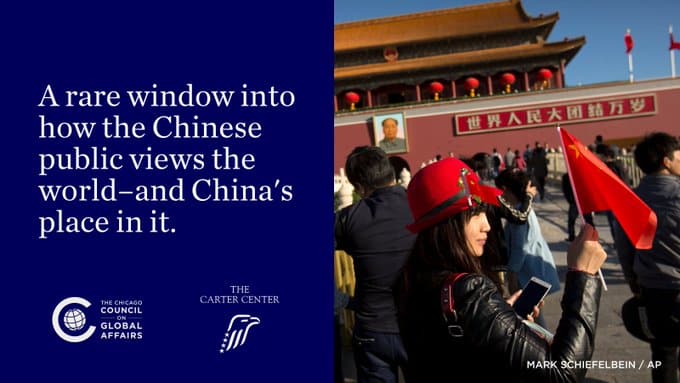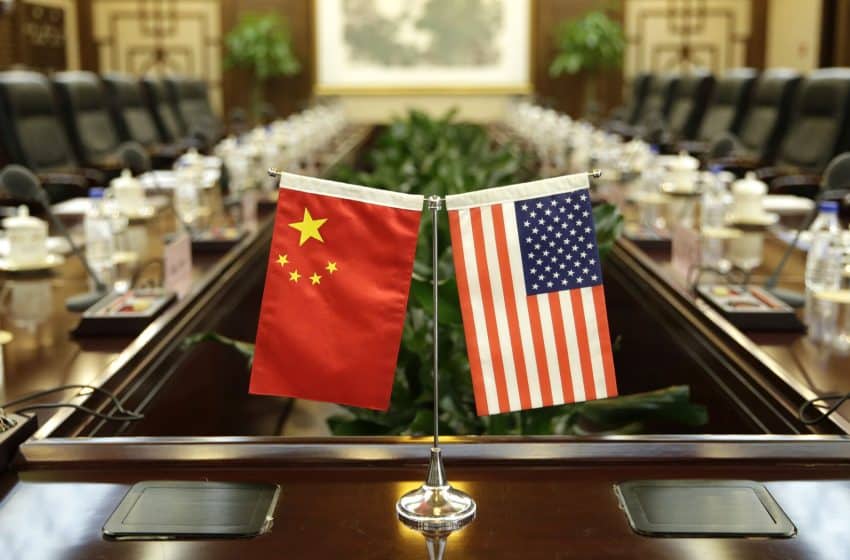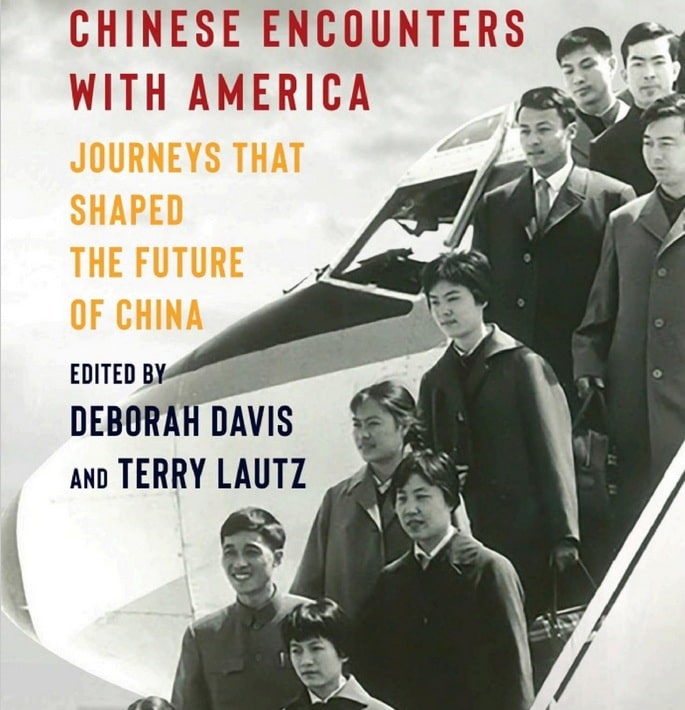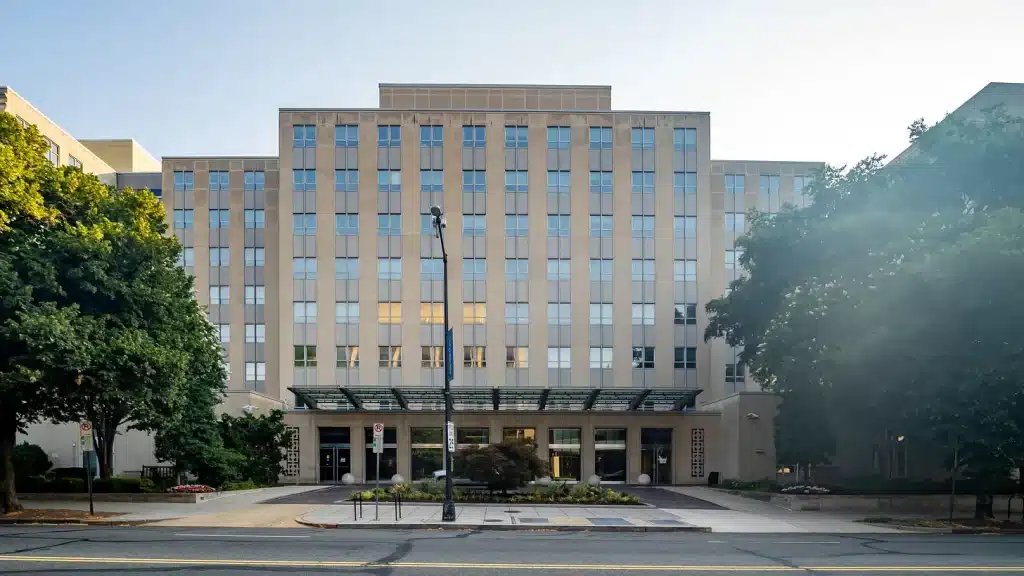Jintong Li: What Has the Regan-Liu Dialogue Told US
By Jintong Li
The “debate” between anchors from Fox and CGTN, Trish Regan and Xin LIU, which covered a range of issues from the “trade war” to intellectual property rights issues, business rules, and state capitalism, attracted thousands of people online and offline. There was an especially high level of engagement from youth, who weighed in via social media platforms like Twitter and Weibo from both countries. Overall, the respectful and friendly atmosphere demonstrated it was more of a very productive conversation than a “debate” between two ordinary individuals.
This conversation pointed out several aspects of the complicated polyhedron between the two largest economies in the world, which exists in the minds of both countries’ leadership and public in recent years.
First, it highlights a psychological problem – the “Trust Dilemma” between the two countries. Under what conditions will the “trade war” come to an end? Will the U.S. agree with Chinese leaders that China has to be dealt with differently than any other nation because China is a developing country that practices socialism with Chinese characteristics (Liu Xin’s words)? Can China privatize its SOEs in the coming decade and at what schedule? Answers to these questions from the leaders in the two countries are quite divergent and often lead to acrimonious accusations against each other. China and America lack trust between them. In their 2012 seminal report entitled Addressing U.S.-China Strategic Distrust, Kenneth Lieberthal of the Brookings Institute and Jisi Wang of Peking University write that the mutual distrust affects not only policy-makers but ordinary members of the public. This can result in significant distrust between the two sides, which may even seem hopelessly paralyzing at times. Yet the situation may be more optimistic than it appears-just consider the dialogue between Trish and Xin.
Second, it underlines all bilateral commercial or technical issues. These issues include to what extent China or other counties “steal” advanced technology and employment from American companies (or vice versa); the costs and benefits of U.S. corporations operating in China; and to what extent the tariffs should be reduced. These differences show that there are many specific and detailed problems in a number of industries, particularly in high-tech areas. We have different expectations on cooperation, and this can vary significantly based on the topic. Thus, the best way to handle this divergence is to communicate with each other. It is better to not impose one decision on all actors; it is much better to conduct sectoral negotiations.
Third, it refers to the challenge of economic development, and there are real difficulties that every country faces in the 21st century. Whether a country is considered developing, developed or underdeveloped depends on several factors. In the absolute context, according to the World Bank, any country with Gross National Income (GNI) per capita over $12,055 USD is developed or high-income. China’s GNI per capita is about $8,690 USD in 2017, so China is still considered a developing country. However, in the relative context, there is a more diverse and complex picture. China’s economy is growing quite rapidly and in 2010 became the second largest economy in the world. China’s military might is now stronger than most countries’, and China seems to behave more assertively in East Asia, especially on issues which China considers its core interests. More commonly, we see many more Chinese citizens who are engaging in tourism, shopping, and doing business all over the world. Additionally, many products continue to be made in China, such as American flags used during the 2016 general election. Therefore, many countries and their people want China to take on more responsibilities in the world. In fact, China is learning to take more responsible actions in many emerging areas, such as the UN’s peacekeeping operations, the Belt and Road Initiative, decreasing greenhouse gas emissions, etc.
All of the aforementioned challenges will require every nation, led by the U.S. and China, to take positive actions in order to construct a peaceful, prosperous and sustainable planet.
In his last book in 2004, the late Samuel P. Huntington put forward to a striking question: who are we? We are unsure about whether he offered an answer, but we must recognize that the answer itself is inevitably changing across time and space. We should ask ourselves who we are, and propose other big questions, especially for the young generations across the world. For instance, what do we really need in our future? Do we want to deal with a lasting and damaging trade war or to live in a new Cold War? The answers to these basic questions should guide our public attitudes, which will ultimately shape national policies in both countries.
As Trish said to Xin, “No one wants a trade war, but we have to think long and hard about the right next steps.” It’s time for us to temper any jingoistic and nationalistic emotions, and to instead rely on reason and objectivity. To construct a new “Art of the Deal” based in equity and fairness would be key in generating a “win-win” outcome. Dialogue based on good-faith and constructive engagement can help enable leaders, policymakers and the public to better understand each other. Such open communication can help reduce misunderstandings in the future and highlight next steps. This engagement can be led not only by political leaders and policy makers in Washington D.C. and Beijing, but also by thinkers like Trish and Xin and by ordinary members of the public like you and me.









